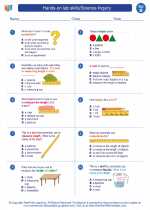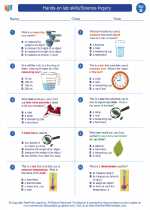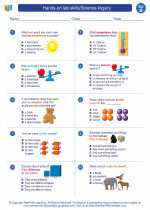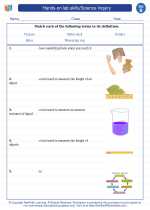Rivers
A river is a natural flowing watercourse, usually freshwater, flowing towards an ocean, sea, lake or another river. It is a vital part of the Earth's hydrological cycle and plays a crucial role in shaping the landscape, providing habitats for various plants and animals, and serving as a source of water for human activities.
Formation of Rivers
Rivers are typically formed by the accumulation of water from precipitation, such as rain or snowmelt, which flows downhill, joining together to form small streams. These streams then merge to form larger rivers, which eventually flow into larger bodies of water.
Features of Rivers
Rivers have several distinct features, including a source (where the river begins), a mouth (where it empties into a larger body of water), banks (the sides of the river), and a bed (the bottom of the river). They also have a watershed, which is the area of land where all of the water that falls in it and drains off of it goes into the same place, such as a river or lake.
Uses of Rivers
Rivers have been essential for human civilization, providing water for drinking, irrigation, transportation, and energy generation through hydropower. They also support diverse ecosystems and are a valuable resource for fishing and recreation.
Study Guide
- What is a river?
- How are rivers formed?
- What are the features of rivers?
- What are some uses of rivers?
Now that you have learned about rivers, take some time to explore nearby rivers or watch documentaries about famous rivers around the world to deepen your understanding of this important natural feature.
[Rivers] Related Worksheets and Study Guides:
.◂Science Worksheets and Study Guides Second Grade. Hands-on lab skills/Science Inquiry

 Worksheet/Answer key
Worksheet/Answer key
 Worksheet/Answer key
Worksheet/Answer key
 Worksheet/Answer key
Worksheet/Answer key
 Vocabulary/Answer key
Vocabulary/Answer key
